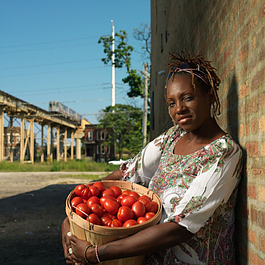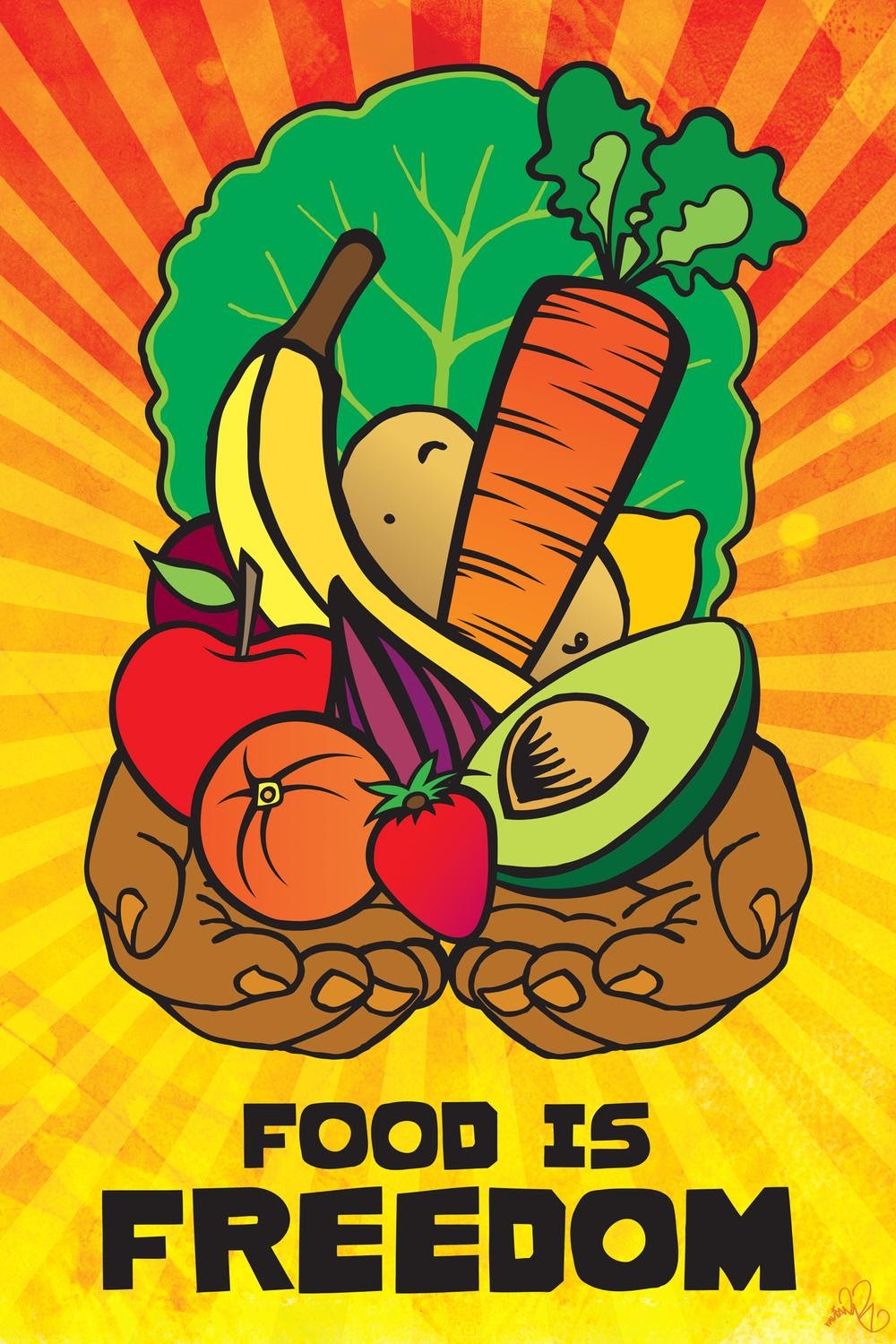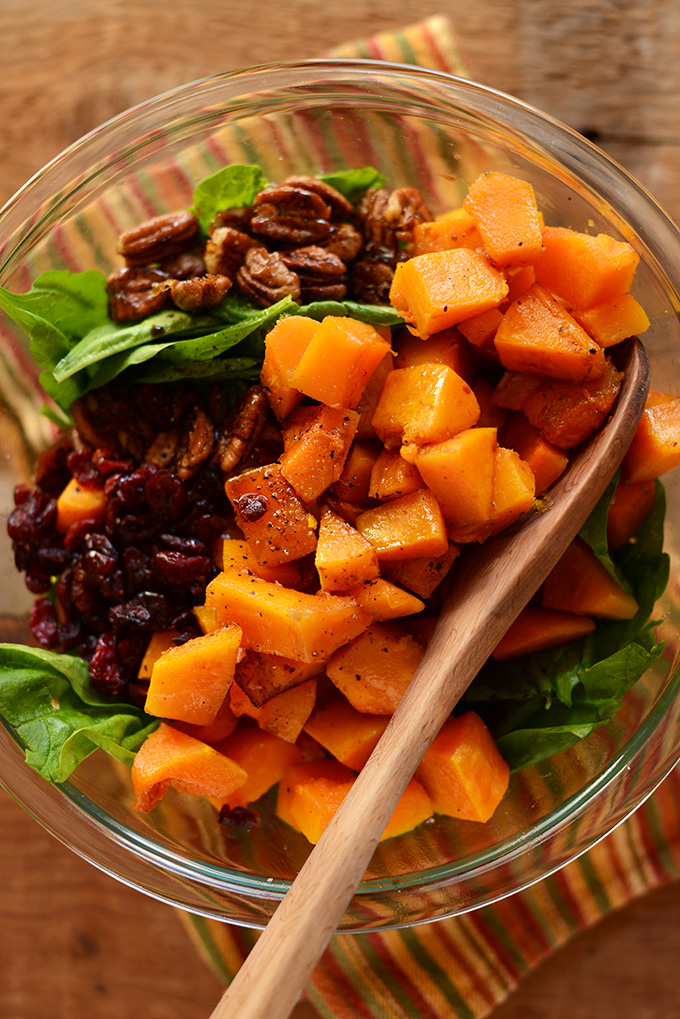WHAT IS FOOD JUSTICE?
We all need fresh, nutritious and affordable food to keep our bodies healthy and happy. Unfortunately, today not everyone has access to this necessity. There are people in our communities who are experiencing food insecurity, which means they do not have physical, social and economic access to enough food that meets their dietary needs and food preferences for an active and healthy life.
It does mean that families go hungry, but there can be food insecurity with and without hunger. Sometimes people can access enough food but it isn’t nutritious or culturally appropriate. In addition, the people who work to harvest, prepare and serve our food do not always face fair treatment. Food justice is about fresh/healthy/affordable food and fair wages and treatment of those who harvest, prepare and serve it.
The food justice movement fights not only for access to healthy food for all, but also studies the structural roots of these inequalities. Food justice activists work for racial and economic justice, too because people of color are the most severely impacted by hunger, poor food access, diet-related illness and other problems with the food system.
A food justice lens also looks at questions of culturally appropriate food, and agricultural issues such as ownership and control of land. The state of labor of food production is an important aspect too-who are the people who grow our food and are they treated fairly?
A related concept is that of food sovereignty, defined as people’s right to healthy and culturally appropriate food produced through ecologically sound and sustainable methods, and their right to define their own food and agriculture systems. The idea of food sovereignty was developed by the international peasant group La Via Campesina, which now has over 200 million members worldwide. Food sovereignty movement works to create a sustainable food system that is defined and managed by the people who grow and harvest the food instead of corporations.

THE LANGUAGE OF FOOD JUSTICE
Food insecurity – The state of not having access to enough food that is healthy and nutritious
Food apartheid – Looks at whole food system and all of the inequalities, disparities and discrimination that exist, is systemic, and takes into account race, class, and geography
Equity – Being just and fair, allowing everyone to reach their full potential no matter what they look like or where they come from, and providing equitable access and opportunities for all people
Hunger – Distress associated with not having enough food
Fair – Free from discrimination
Access – Being able to get goods and services regardless of what people look like or where they live
Racial and economic justice – Equal and equitable economic, social, and political rights and opportunities for all people no matter how much money they have or what color and race they are
Diet-related illness – Things like obesity, diabetes, cardiovascular disease, high blood pressure, heart disease…
Food system – The entire web of people and things that are involved in in everything from producing food to consuming food
Food sovereignty – The people have the right and ability to choose how their food is grown, where the food comes from and what food they eat and the food is for the people
FOOD ACTIVISTS
Food activists are people who fight for fair and equitable access to healthy, nutritious, and affordable food for everyone, no matter where they live or what they look like. They are people who want everyone to have a voice at the table. Food activists investigate, organize, and try to change the social, political, and environmental impacts of food systems in order to empower those who have been systematically disadvantaged. Hear one speak by watching the video, then meet local food activists we interviewed this past summer!
T.C. COLLINS
For twelve years, T.C. Collins has been working with area schools in Ypsilanti, Michigan, to teach kids about growing potatoes and other crops through practice. He currently manages more than 20 small gardens and farms in southeast Michigan and into Ohio in addition to running Willow Run Acres.
MELVIN PARSONS
Out of a desire to start taking care of himself, he went to the farmer’s market to learn more about vegetables. While looking around Melvin noticed that the majority of vendors and visitors did not look like him.
He started to think about how he could really empower the Black community through farming and he founded We the People Opportunity Farm.
IMAGES OF FOOD ACTIVISTS
The food justice movement claims many activists who work relentlessly to build a fair food system for all of us. Capturing their work has been important to help spread their message. Whether at the farm or at a protest, images of food justice activists remind us of the important work that is still ahead of us.
CESAR CHAVEZ
One of the most important actors of the early food justice movement was Cesar Chavez. He was a Mexican-American labor leader and activist who understood the struggle of farm workers in the United States and fought to improve their working and living conditions in the 1960’s and beyond.

Listen to the story of Cesar Chavez!
https://www.youtube.com/watch?v=lAbNREJKwo0
The activism of Chavez became well known and other people became interested in the plight of food workers and still fight for their right today. Journalist Miriam Pawel photographed Cesar and the farm workers who joined him and spoke on “the Farmworker Movement in California,” reflecting on the lessons of the movement and activists.

VANDANA SHIVA
Food justice movement has gained speed around the world. Vandana Shiva is an activist from India who advocates and studies sustainable food systems.

LA DONNA REDMOND
Cities need fair food too! Chicago-based activist La Donna Redmond works to rebuild and strengthen urban food systems and get junk food out of school cafeterias!

YOUTH FOOD JUSTICE ACTIVISTS
A Virtual Conversation with Youth Food Justice Leaders was held by Teens for Food Justice to discuss food insecurity, racial inequality, and the importance of youth voice during the COVID-19 pandemic.
PLANT A SEED
Growing plants from seeds can be an exciting way to get a glimpse of the whole growing process and learn about the science behind the food that we eat! The basic essentials for planting seeds are the same for anything that you would like to grow-vegetables, flowers, or fruit. You will need a vessel for your plant ( a pot or a cup with good drainage), soil, water, and of course,the seed itself.
Depending on what you choose to grow, look closely at the seed packet and follow the directions, it will tell you how, when, and how deep you need to plant your seed. It will also tell you how much sun your new plant will need. Examine the seed before you plant it, notice the color, texture, size. Seeds come in an overwhelming variety, that is one of the coolest things about nature-the diversity that it offers!
GROW AN AVOCADO TREE FROM A SEED
Remove and clean the pit.
All avocado pits have a top (where the sprout will grow), and a bottom (where the roots will grow). The slightly pointier end is the top and the flatter part is the bottom.
Take 3 toothpicks and place them evenly around the middle of the pit. This will allow you to rest the pit in a glass of water.
Place the pit in a glass of water (see first photo) and let it sit on a sunny windowsill. It’s handy to use a glass container so you can see the seeds.
Wait for your pit to sprout. The second photo shows what happened about a month after I started. You can see the crack and the taproot is about to emerge. Soon a small sprout will peak out of the top.
When the sprout is about 6 inches tall it’s time to plant in a container with topsoil. Avocados love sun so bring it outside and keep it watered.
DESIGN A SEED PACKET
Food justice means respecting the bounty of our land and the plants that grow there. One way we can do that is to collect and save the plant seeds in the fall, so we can plant them in the spring, instead of buying more seeds. Take a walk through a community garden on a nice early fall day, and see what kinds of seeds you can collect. Ask your neighbor if they mind if you collected a few seeds from their flower bed. Or see what’s available in YDL’s seed library when we reopen.
Create a packet for your seeds. Decorate a piece of paper, then learn to fold it by watching this video!

MAPPING FOOD JUSTICE
To understand how food insecurity affects our neighborhoods and where our food really comes from, it can be helpful to look at a map. Click below to see maps that can help you image what is going on in our city and state!
When you look at those, think about creating your own neighborhood food map. Where is the grocery store that your family goes to? Is there a church, a friend’s house, or a neighbor where you share meals? Does your neighborhood have a community garden? Try to draw your own community food system map.

Use these images for inspiration to create your own photo story of food in your neighborhood!



WRITE YOUR OWN FOOD ADVENTURE
Have you ever thought about the journey of food? Whether it’s a pack of strawberries at the local farmers market or a puffed bag of Cheetos at the grocery store, your food has traveled, sometimes thousands of miles, to reach you! Today, we’re going to choose a food and write its adventure story!
First, pick a food, any food! You could write about a food you really love, like popsicles and pancakes, foods you dislike, like pickled liver and onions (yikes!), or you could research some new foods you’ve never heard of, like a rutabaga sandwich!
Look up pictures of this food. Is the food slimy or rough? Colorful or beige? Write down words that describe your food of choice. Think about how these words can characterize your food and give it personality.
Now, think about where this food came from. Does it grow in the ground or is it made in a factory? Was this food made here in Michigan, USA? Or did it travel here from another country? If you want, you can make up creative answers for the food’s origin, or you could look these things up.
Once you have the beginning of your story, think of all the steps in between. Did your food sprout legs and walk all the way to you? Did it ride on the back of a shark across the ocean? What did your food see and experience on its journey? The story is up to you!
While writing, consider sharing your story with a friend or family member. You can talk about all the exciting events and endings possible for your food adventure story. Next time you see a plate of food, think twice about the journey it made all the way to you!


SUPPORT-YOUR-LOCAL-FARMER ROASTED BUTTERNUT SQUASH SALAD
Support local farmers by shopping at the farmers market. Ypsilanti Farmers Market has a year-round online market that features many local farmers and food producers. Check out their website to buy local produce, here. This recipe features some current market goodies!
Ingredients:
- 1 medium-sized butternut squash (peeled and cubed) – L.P. Stotz Farms
- 3-4 Tbsp olive oil – Spicy Mike’s Handcrafted Seasonings
- 2 cups spinach, arugula, kale, or a mix of any greens – L.P. Stotz Farms
- ¼ cup dried cranberries or cherries
- ¼ of walnuts or pecans
- Sea salt + black pepper
- 2 Tbsp brown sugar

Instructions:
(Adapted from Minimalist Baker recipe)
Ask an adult for help with this recipe!
- Preheat the oven to 400 ℉ and position a rack in the center of the oven.
- Combine 1 ½ Tbsp olive oil, 1 tsp of salt, and ½ tsp of pepper in a medium to large sized bowl and toss butternut squash cubes in mixture
- Place butternut squash cubes onto a baking sheet and roast for 15-20 minutes or until just tender
- Chop greens into edible sized pieces and add to the salad/serving bowl. Add cranberries or cherries.
- Once butternut squash is done cooking, add to the serving bowl. Add buts.
- Finish salad off by adding 1 Tbsp olive oil and 1 Tbsp balsamic vinegar. Toss to coat. Add salt and pepper to taste. Serve immediately.
- Optional: add goat or Gorgonzola cheese to salad.
GET INVOLVED!
If you want to know more about food justice, there are many local organizations that do good work and fight for fair food in our community. Whether you want to help fight hunger, or build a sustainable future for our agriculture, or work towards fair treatment of our agricultural workers, there is a way to get involved! Check out these local places!
READ A BOOK OR LISTEN TO THIS READ ALOUD

